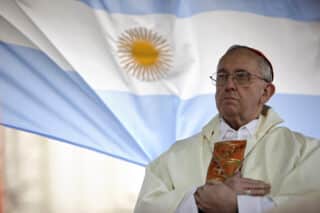The Philippines Export Development Plan 2011-2013 has finally gotten Malacañang’s approval, paving the way for the implementation of strategies aimed at doubling exports to $120 billion by 2016.
In the presentation of the plan in Malacañang, President Aquino reiterated support for the export sector, welcoming proposals on how to address common industry issues, using the PEDP as a guide.
Under the approved roadmap, exports are not only envisioned to more than double by the end of the current administration’s term, but also to generate 9.1 million jobs and jack up the country’s gross domestic product by 58 percent.
According to Trade Undersecretary Adrian Cristobal Jr., the country registered average export growth of $58 billion from 2008-2010. The export industry was expected to expand even more with the approval of the new PEDP, which focused on several core product and market strategies.
The key focus sectors include information technology and business process outsourcing; electronics; agribusiness, including fresh, processed, and marine food products and coconut; minerals; shipbuilding; motor vehicle parts; garments and textile; home style and décor, and wearables.
In terms of product strategies, the roadmap sought to enable exporters to move up the value chain, participate in higher-value processes in the global supply chain, and develop linkages for organic, natural, and certification-based offerings.
The PEDP would not only focus on beefing up the country’s product and service offerings, however, but would also employ market access and promotions activities to ensure that local offerings reached as wide a market as possible.
To expand the market for the country’s exports, efforts would be made exerted toward better utilization of currently effective free trade agreements, including those with Australia, New Zealand, China, Korea, and India via the Association of Southeast Asian Nations, and with Japan via the Philippines-Japan Economic Partnership Agreement.
Non-traditional or emerging markets would likewise be targeted. Also part of the PEDP were efforts to encourage global companies to migrate their supply chain nodes to the country.
Product and service promotion would be done mainly through high-impact and high-level inbound trade fairs and missions, which would also be tied to available tourism opportunities, as well as the adoption of a comprehensive and unified brand for the country.



